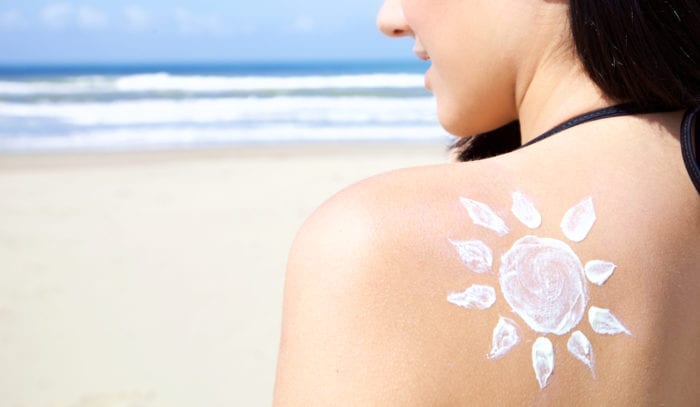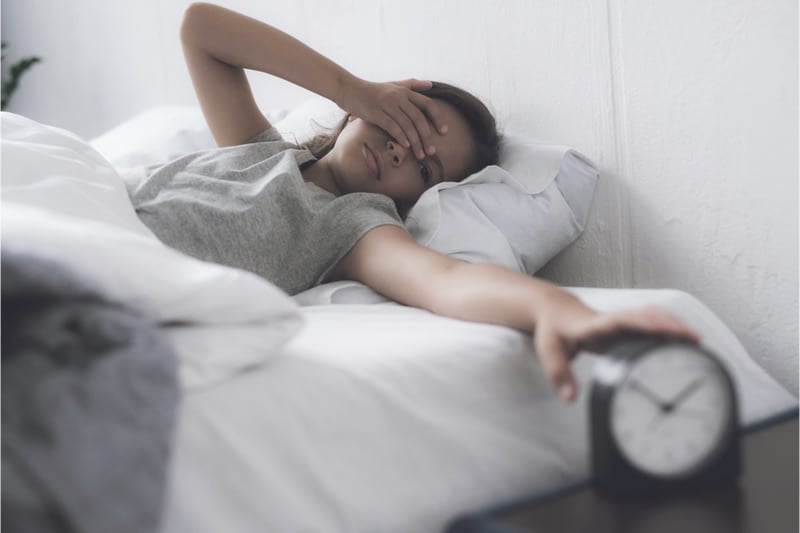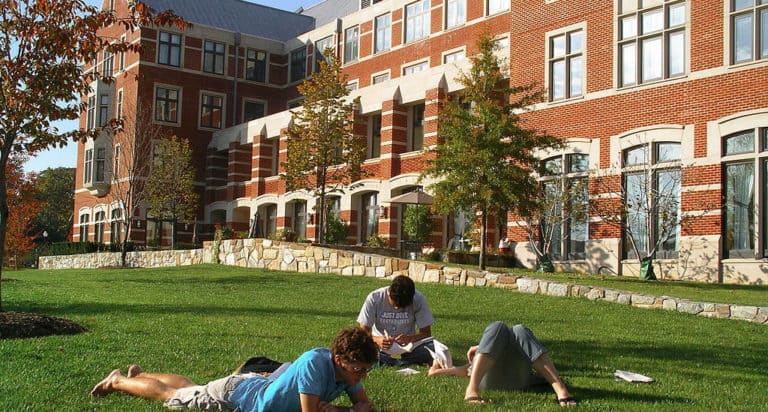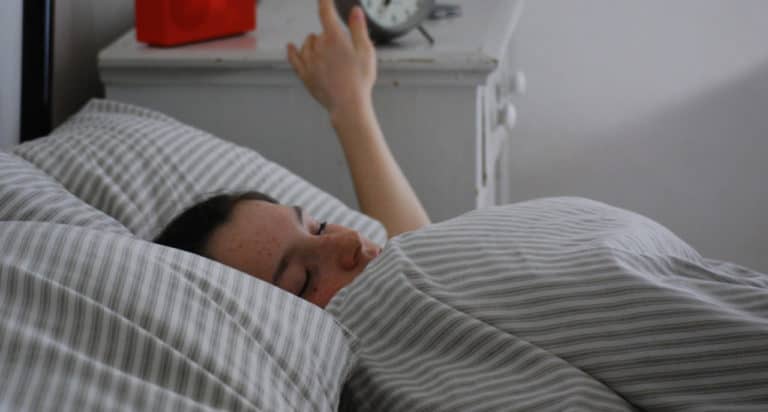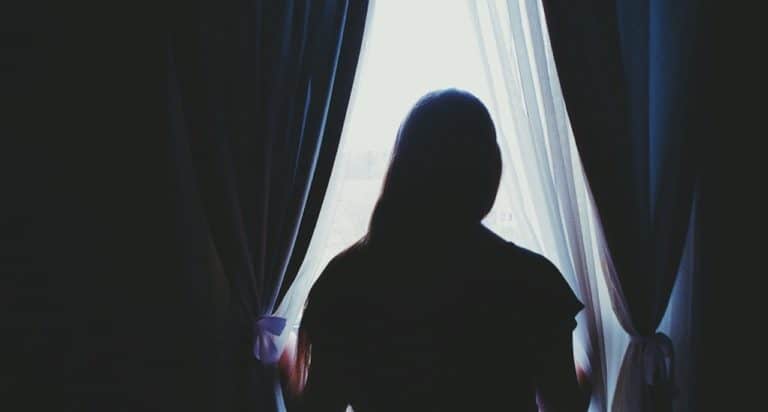It’s 2018. Everyone knows that UV (ultraviolet) exposure can cause skin cancer, right?
Would it surprise you to learn that 38% of the U.S. population does not believe that to be true? And even for those of us who do believe it, we don’t do a very good job of applying sunscreen correctly, and not nearly enough of us get the recommended skin cancer screenings that we should.
May is Melanoma Awareness Month for an obvious reason – the start of summer, when the majority of us spend the most time outdoors. And while many parents do a thorough job of applying sunscreen to their younger kids – and require them to wear hats when outside- as our kids reach adolescence, we are around them less often and rely on them to follow through with those behaviors. A whole lot of the requests and reminders fall on deaf ears.
But it’s not just sun exposure that makes skin cancer by far the most common cancer in the U.S. There are still misconceptions that indoor tanning equipment, like sun lamps and tanning beds are safer than being out in the sun. In fact, according to the American Academy of Dermatology, “the amount of radiation produced during indoor tanning is similar to that of the sun, and in some cases might be stronger.”
What teens, especially girls, need to know about Melanoma
*Evidence from multiple studies has shown that exposure to UV radiation from indoor tanning devices is associated with an increased risk of melanoma and nonmelanoma skin cancer, including squamous cell carcinoma and basal cell carcinoma.
*Higher melanoma rates among young females compared to young males may be due in part to more widespread use of indoor tanning among females.
*Even one indoor tanning session can increase users’ risk of developing melanoma by 20 percent, squamous cell carcinoma by 67 percent and basal cell carcinoma by 29 percent.
*Using an indoor tanning bed before age 35 can increase risk of melanoma by almost 60 percent.
*Excessive exposure to UV radiation during indoor tanning can lead to premature skin aging, immune suppression, and eye damage, including cataracts and ocular melanoma.
The Jeff Dulude Melanoma Foundation and their campaign “Defeat Melanoma” is working hard to rid the U.S. of tanning beds, as Australia did in 2015, due to their high rates of skin cancers. Laws that ban indoor tanning by minors vary by age throughout the U.S., and a 2017 study in the Journal of the American Medical Association ,JAMA Dermatology, showed that 37% of indoor tanning salons ignored state regulations and allowed minors to use their equipment. Teens are also less likely to use the recommended safety goggles and to cover up sensitive areas of their bodies because they want to avoid tan lines.
Claudia Dulude, whose husband Jeff died at age 37 from melanoma, is working to not only eliminate tanning beds, but to advocate for public policy changes and increased skin cancer education, especially for 9th-12thgraders.
But what if you feel that your child was always well protected from the sun while growing up, and never used a tanning bed? No need for screening them, right?
As the Wagonhurst family from Maryland discovered in 2011, other factors can play a role as well. Their daughter Claire was one of those kids and had a mole on her ankle that turned suspicious looking when she was 14. Doctors told her parents there was no urgency at the discovery because, “Kids don’t get melanoma. Relax.”
They had to wait three months to get surgery scheduled, to then hear the news that she had Stage 3 melanoma. Claire battled hard, but succumbed to her disease at 17, two days after receiving her first college acceptance in the fall of 2014. It was later confirmed by a research oncologist that hormonal changes caused her melanoma.
Her parents started the Claire Marie Foundation, that in addition to providing resources and raising awareness of adolescent and young adult melanoma, partners with dermatologists to provide free skin screenings for 8 to 21-year olds throughout Maryland.
The foundation consistently finds precancerous lesions in 20% of kids screened.
Findings about Melanoma for parents to know:
*Children with congenital moles – those present at birth or that develop at an early age – are at an increased risk of developing melanoma over their lifetime.
*Melanoma often presents differently in children than it does in adults, so signs can easily be overlooked. Lesions in children and adolescents tend to grow thicker, rather than broader, so they can be misdiagnosed as warts or other non-threatening skin conditions.
*Melanoma can develop in areas of the body not exposed to the sun, and it affects all races. If you have skin, you can get melanoma.
*Experts believe genetics, hormonal changes and other unknown factors can be skin cancer catalysts. Puberty and pregnancy are time periods of increased risk. A recent study from Johns Hopkins found young people with melanoma have a higher risk of invasive disease than adults.
*Research from the MD Anderson Cancer Center suggests there may be a link between hypothyroidism and the development of melanoma cells. If your teen is diagnosed with this thyroid condition, be extra vigilant with regards to skin examinations.
*Pediatricians and general practitioners are not always trained in dermatology. If your child has congenital moles, more than approximately 50 moles/freckles, or a family history of melanoma, they should be examined routinely by a board-certified dermatologist.
*Ninety percent of pediatric melanoma cases occur in patients aged 10-19. Malignancies in girls are often found on the lower extremities, and on the torso area of boys.
I was part of the uninformed generation who foolishly used tanning beds in my youth, and I have had pre-cancerous skin lesions removed to show for it. I wish I had known then what I know now.
Let’s help our kids to be better informed and let’s get them screened regularly.
Resource Links:
Indoor Tanning: American Academy of Dermatology
Related:
8 Ways Teens Can Learn to Take Care of Their Own Health
How to Help When Your College Student is Sick
